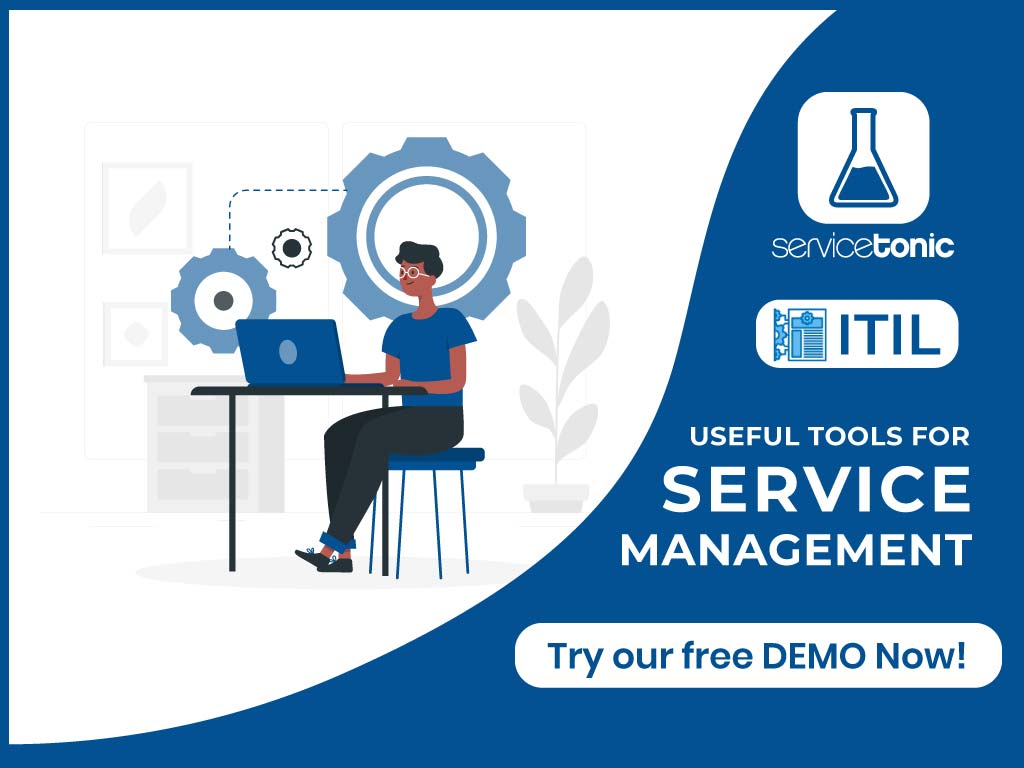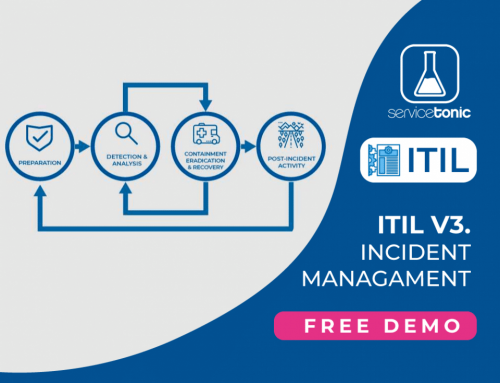Table of Contents
Useful tools and techniques to manage a service but not following the guidelines of ITIL techniques.
In this article, we will see some tools and techniques that can be useful when running a service. These tools will help us even if the service is not managed according to ITIL guidelines.
SWOT analysis
The SWOT analysis allows us to analyze our position from an objective and to define the best strategy to achieve it.
Before performing a SWOT analysis, we need to define the objective on which we will analyze and consider:
- Internal analysis. This is to see ourselves: internal structure, personnel, procedures, infrastructure, etc. in order to establish:
– Weaknesses that jeopardize or hinder the objective.
– Strengths favoring the objective. - External analysis. In this case, we look beyond ourselves: suppliers, customers, competitors, context… to establish:
– Threats that endanger or hinder the objective.
– Opportunities that support the objective.
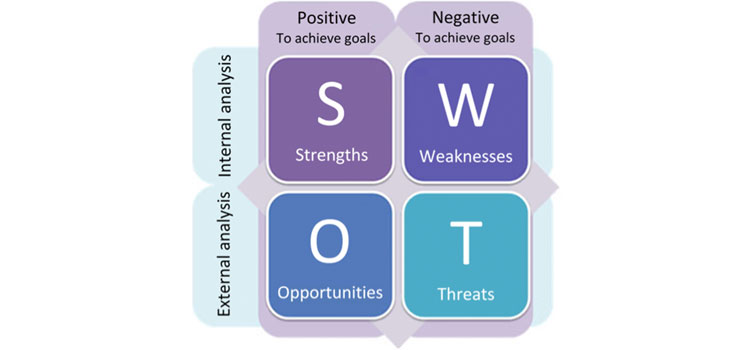
This analysis is useful to:
– Minimize weaknesses.
– Strengthen strengths.
– Protect yourself from threats.
– Seizing opportunities.
RACI Matrix
The RACI Matrix will help us to define the procedures associated with service management.
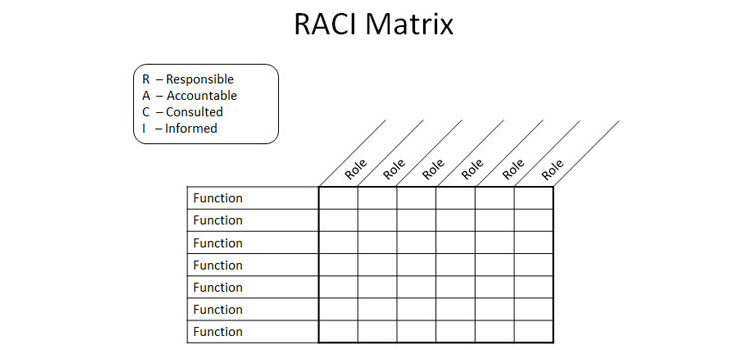
Per each task, it defines the following:
• Executor (Responsible). Role responsible for carrying out the task. There may be more than one. At least it has to be one.
• Responsible for the task (Accountable). Role responsible for ensuring that the task is done. It is who should be accountable for their implementation. All work must have one and only one responsible for each task.
• Consulted (Consulted). The role that can be consulted during task performance. There may be more than one or none.
• Informed (Informed). The role that should be informed about the progress and results of the completion of the task. There may be more than one or none.
The steps for defining a procedure are as follows:
Step 1. Breaking down the process into tasks.
Step 2. Determine the roles involved in performing each task.
Step 3. Develop the RACI table associated with each task.
Step 4. Communicate and explain the RACI table to the parties involved.
8-step process of Kotter
In the course of this series of articles on ITIL, we have repeatedly said that one of the hardest things is to manage the process of change in people.
Techniques such as 8-step process Kotter help us lead change.
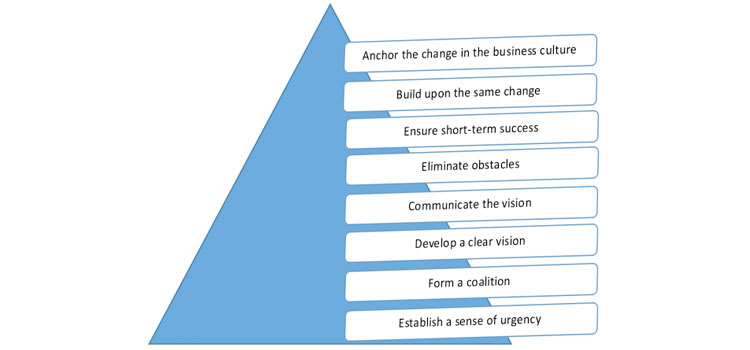
The 8 steps of the process are as follows:
Step 1: Generate a sense of urgency. The need for change and the consequences of not changing have to be communicated. In this step, we will draw people out from the bunker and prepare them for movement.
Step 2: Create a coalition to lead the change. We will choose people of reference committed to change and to lead and influence the rest of the organization to also accept the change.
Step 3: Develop a vision and a strategy. The guide team will develop the vision of the change and the strategy that must lead that vision to reality.
Step 4: Enlist a volunteer army. People who are ready and motivated to carry change forward and take charge of communicating the vision, again and again. We have to get people to buy change and get involved, and for that we must communicate, communicate and communicate.
Step 5: Activate the action eliminating barriers. Remove obstacles to change that oppose to achieve the vision.
Step 6: Create short–term benefits. Plan, measure and celebrate small victories to power favorable energy to change, enlighten pessimists, appease opponents and create a favorable momentum to the vision.
Step 7: Holding acceleration. Harnessing the positive momentum tp change systems, structures and policies that do not align with the vision.
Step 8: Institutionalizing change. Relate the new way of working with the successes of the organization to consolidate change and prepare the ground for new changes.
Deming cycle (Plan – Do – Check – Act)
Almost all the tools and techniques used in continuous improvement processes derive their implementation to Deming cycle. Deming cycle serves to address systematically the process of continuous improvement.
Structure the improvement process in 4 phases:

Phase 1: Plan. We identify what we want to improve.
Phase 2: Do. Select one or more ways of achieving the target set in the previous phase. Execute the improvement actions in small scale using pilots.
Phase 3: Check. We will measure the effectiveness/efficiency of the solutions tested in phase Do. If they are not successful, we will return to the stage Do to test other solutions or discard the proposed improvement as it is currently planned.
Phase 4. Act Once we have validated that the tested solution is effective/efficient, we can implement it on a larger scale in the organization.
Once implanted an improvement we ask ourselves again what we want to improve and start the cycle again.

